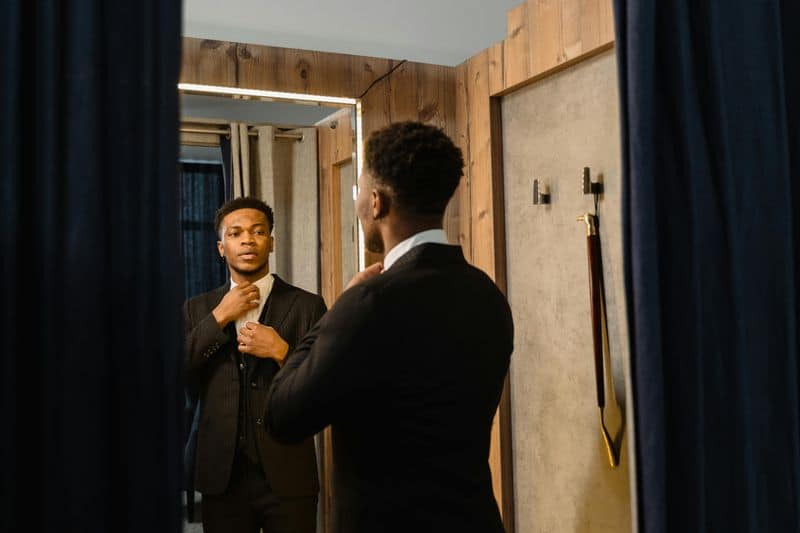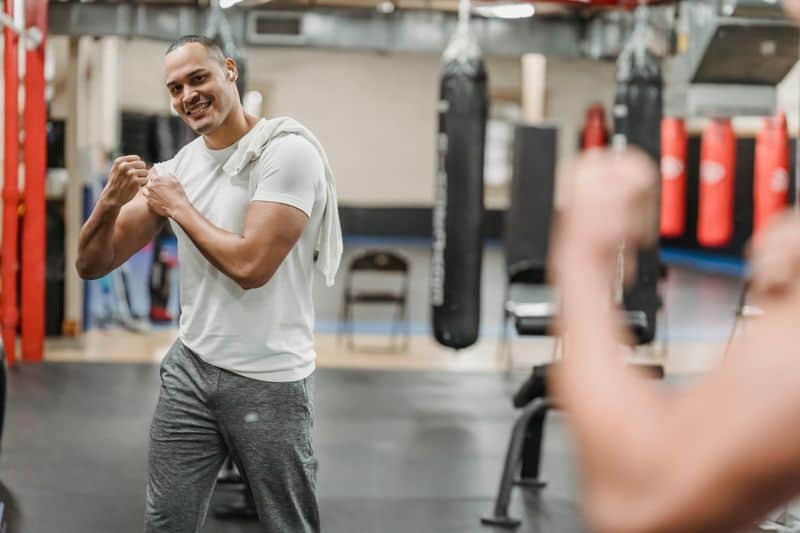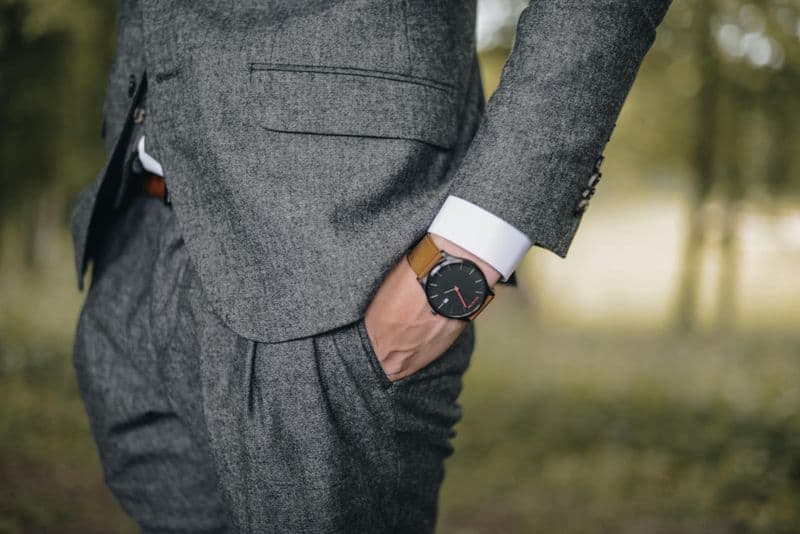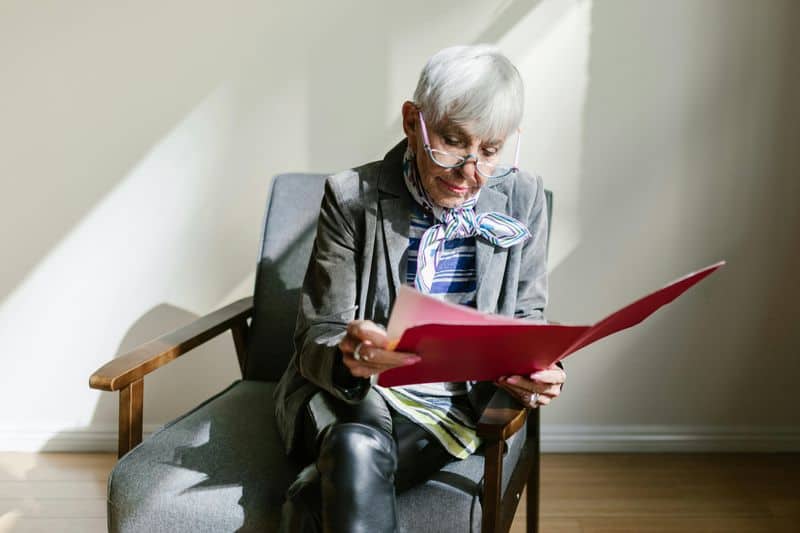Have you ever wondered what people pick up about you in those first few moments of meeting? Our brains are wired to make lightning-fast judgments when encountering someone new.
These snap decisions happen before you’ve even had a chance to say much about yourself. Understanding what others notice can help you make better first impressions in job interviews, social gatherings, or any new encounter.
1. Your Smile (Or Lack Thereof)
A genuine smile lights up your entire face, not just your mouth. When your eyes crinkle at the corners (what experts call a Duchenne smile), people immediately sense warmth and openness. This facial expression is universally recognized across cultures as a signal of friendliness.
People unconsciously mirror your expressions, so when you smile, they’re more likely to smile back. This creates an instant connection. The absence of a smile can be equally telling, potentially signaling disinterest or discomfort.
Even a slight upward curve of your lips can dramatically change how approachable you seem. Research shows smiling individuals are consistently rated as more likable and competent upon first meeting.
2. Handshake Strength
Your handshake speaks volumes before you utter a single word. A firm, confident grip paired with direct eye contact signals assurance and competence. Too limp? People might perceive you as timid or uninterested. Too crushing? That could come across as domineering or compensating for insecurity.
Cultural norms around handshakes vary widely, but in most Western business settings, a medium-firm grip with moderate duration hits the sweet spot. The temperature of your hands matters too – clammy palms might reveal nervousness, while unusually cold hands can be distracting.
The timing of extending your hand also subtly communicates your social awareness and confidence level.
3. Eye Contact Patterns
Your eyes reveal your attention, confidence, and interest level within seconds. Maintaining comfortable eye contact shows you’re engaged and present, while constantly looking away might signal discomfort or dishonesty. The key word is ‘comfortable’ – staring too intensely can make others uneasy.
Most people notice the rhythm of your eye contact. The ideal pattern involves maintaining gaze for a few seconds, briefly looking away, then reconnecting. This natural cadence feels authentic rather than rehearsed or awkward.
Pupil dilation happens unconsciously when we’re interested in someone, and amazingly, others pick up on this subtle cue without realizing it. This tiny biological response significantly influences first impressions.
4. Personal Grooming
Clean fingernails, fresh breath, and tidy hair might seem like small details, but they collectively form a powerful first impression. These grooming elements signal self-respect and consideration for others. Even with casual attire, neatness matters tremendously.
Scent creates particularly strong memory associations. A subtle, pleasant fragrance can leave a positive impression, while overwhelming cologne or body odor can be an immediate turnoff. Your haircut and style choices communicate personality and attention to detail before you speak.
Research shows people associate well-groomed individuals with greater competence and reliability. The effort you put into presenting yourself clean and put-together suggests similar care might extend to your work and relationships.
5. Posture and Body Language
Standing tall with shoulders back broadcasts confidence, while a slouched posture suggests insecurity or disinterest. Your physical stance tells others whether you’re comfortable in your own skin long before conversation begins.
Crossed arms might protect your personal space but can signal defensiveness. Open body language—facing someone directly with uncrossed limbs—communicates receptiveness and honesty. The angle of your feet reveals where your attention truly lies, often pointing toward what interests you most.
Fidgeting with objects, hair-touching, or excessive movement can betray nervousness. Steady, purposeful movements convey self-assurance. Even how you position yourself in relation to others in a room speaks volumes about your social confidence.
6. Voice Quality and Speech Pace
The sound of your voice creates immediate impressions about your confidence, background, and emotional state. A lower-pitched voice typically conveys authority, while a higher pitch might suggest excitement or nervousness. Volume matters too – speaking too softly can make you seem timid, while excessive loudness might come across as aggressive.
Your speech pace reveals your thought processes. Speaking too rapidly suggests anxiety or overwhelming enthusiasm, while a measured pace indicates thoughtfulness and control. Vocal fry (that creaky sound at the end of sentences) and uptalk (ending statements like questions) can undermine perceived competence in professional settings.
Regional accents trigger instant associations, fair or not, about your origins and background.
7. Clothing Choices and Style
Your outfit telegraphs social signals about your personality, status, and attention to context. Colors influence perceptions dramatically – red suggests power and passion, blue conveys trustworthiness, while neutrals signal professionalism. The fit of your clothing speaks volumes too, with well-tailored items suggesting attention to detail regardless of price point.
Accessories reveal personal priorities. A quality watch might signal punctuality and success, while carefully chosen jewelry can highlight creativity or cultural values. Even subtle elements like shoe condition register subconsciously – scuffed shoes paired with an otherwise polished look create cognitive dissonance.
Most importantly, appropriate dressing for the specific context demonstrates social awareness and respect for the occasion and others present.
8. Facial Expressions Beyond Smiling
Microexpressions flash across your face in fractions of seconds, revealing genuine emotions despite your best efforts to conceal them. Raised eyebrows signal surprise or interest, while a slight furrow between brows might betray confusion or concern. These tiny movements are processed by others unconsciously but powerfully.
Emotional congruence matters tremendously. When your words don’t match your facial expressions, people sense the disconnect immediately. A friendly verbal greeting paired with a tense expression creates an unsettling impression.
Your resting face (what shows when you’re not actively engaging) also leaves lasting impressions. Some naturally have a stern or worried-looking neutral expression that can be misinterpreted as unfriendliness unless balanced with deliberate warmth during interactions.
9. How You Treat Others Around You
Your interactions with servers, assistants, or others in service roles speak volumes about your character. People notice whether you acknowledge everyone in the room or only those you perceive as important. This behavior reveals your values more honestly than any self-description could.
Small courtesies like holding doors, saying please and thank you, or remembering names demonstrate consideration and social awareness. These tiny moments often leave stronger impressions than grand gestures. How you handle minor inconveniences or delays reveals your adaptability and patience.
Even brief phone interactions during a meeting telegraph your priorities. Checking messages suggests the person before you isn’t worthy of your full attention, while silencing notifications shows respect and presence.
10. Personal Space and Touch Boundaries
Your physical proximity speaks a silent language. Standing slightly too close can feel invasive, while excessive distance might suggest aloofness. Cultural norms around personal space vary widely, but sensitivity to others’ comfort signals emotional intelligence.
Touch initiation reveals volumes about your understanding of social boundaries. A naturally tactile person who touches arms or shoulders during conversation in cultures where this isn’t common might unintentionally create discomfort. Conversely, appropriate touch like a well-timed handshake can establish connection.
Even how you position yourself relative to others in a group setting – whether you create an inclusive circle or stand with your back to some participants – communicates your awareness of group dynamics and consideration for others’ inclusion.











